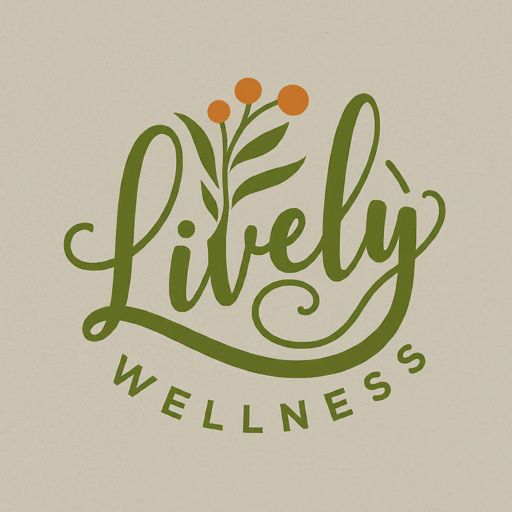Have you ever gotten a full night's sleep and still felt completely drained the next day? You’re not alone. For years, I lived in that exact state—running on fumes, checking boxes, and wondering why the weekend never felt long enough. I chalked it up to the hustle of building a career in the fast-paced tech world. But what I didn’t realize was that I wasn’t just tired—I was profoundly unrested.
My Wake-Up Call: Burnout in the Tech Industry
For nearly a decade, I navigated the high demands of a high-pressure writing career. I thrived on deadlines, late-night product launches, and back-to-back meetings. My calendar was full, my inbox was overflowing, and from the outside, it looked like I was crushing it. But inside, I was unraveling.
I remember one afternoon vividly: I was sitting in yet another virtual meeting, staring blankly at the screen, unable to absorb a single word. My mind felt foggy, my chest was tight, and my motivation was gone. That was my breaking point. I realized something had to change—not just how I worked, but how I rested.
Redefining Rest: More Than Just Sleep
That moment sparked a journey of healing, reflection, and learning. I discovered that there are 8 different types of rest that we all need to feel truly whole. And no, sleep alone doesn’t cut it. Here’s what I learned:
1. Mental Rest
Ever feel like your brain just won’t turn off? That’s a sign of mental fatigue. Mental rest includes taking short breaks during your day, journaling thoughts, and setting boundaries around overthinking and decision fatigue.
Try This: Schedule intentional pauses between meetings or tasks. Even a five-minute breather can reset your mental state.
2. Emotional Rest
Emotional exhaustion comes from constantly managing other people’s expectations or suppressing your feelings. Emotional rest means giving yourself space to be authentic and emotionally honest.
Try This: Practice saying "no" without guilt. Talk to someone you trust or seek therapy or coaching to unpack your emotional load.
3. Physical Rest
This one seems obvious, but it often goes ignored. There are two kinds: passive (sleep, naps) and active (yoga, stretching, massage). Your body needs both.
Try This: Incorporate restorative movement into your daily routine—even a gentle walk counts.
4. Sensory Rest
Bright lights, screen time, background noise—our senses are bombarded all day. Sensory overload is real, and sensory rest helps soothe the nervous system.
Try This: Unplug from devices for a set time each day. Create quiet, low-light environments to reset.
5. Creative Rest
Burnout can crush your creative spirit. Creative rest involves seeking beauty and inspiration without the pressure to produce.
Try This: Spend time in nature, visit a museum, or just stare at the sky. Let your imagination roam free.
6. Social Rest
Some relationships are draining, while others are deeply restorative. Social rest involves spending time with people who revive your spirit, and setting boundaries with those who don’t.
Try This: Evaluate your social circle. Prioritize connections that uplift you.
7. Spiritual Rest
This type of rest taps into a sense of purpose and belonging. For some, it’s prayer or meditation; for others, it’s volunteering or simply connecting with something greater than themselves.
Try This: Start or end your day with a mindfulness practice or quiet reflection.
8. Authentic Joy
Yes, joy is a form of rest, too. Many of us push joy to the margins, believing it's a reward rather than a necessity. But authentic joy—activities that light you up—can replenish your soul.
Try This: Revisit something that used to make you feel alive—singing, dancing, laughing with friends. Make joy a non-negotiable.
The Wheel of Rest: A Simple Way to Check In
To help others see where they might be lacking rest, I created a tool called The Wheel of Rest. It’s a simple self-assessment that allows you to rate your satisfaction in each area of rest and visualize where you may need to restore balance.
When I first did the exercise myself, the results were eye-opening. I was getting plenty of sleep but severely lacking in emotional and creative rest. That realization changed everything.
Why Spring Is the Season for Resetting
Spring is nature’s invitation to reset. As flowers bloom and days get longer, our energy begins to shift. But this transition can also bring stress: tax season, new school terms, social events, and the pressure to "spring clean" our lives.
That makes it the perfect time to slow down and check in with your rest and wellness routines. You deserve to feel replenished, not just productive.
Ready to Reclaim Your Energy?
If you're ready to stop surviving and start thriving, here’s your next step:
✅ Try the Wheel of Rest Exercise – Reflect on where your rest is out of balance.
???? Comment below – What type of rest do you realize you need most right now?
???? Share this post – You never know who else might need this reminder.
???? Book a free consultation – Let’s explore how coaching can help you design a rest-filled, empowered life: Trenton Lively – Wellness Life Coach
Rest is not weakness. Rest is power.
Let this be the season you reclaim it.

